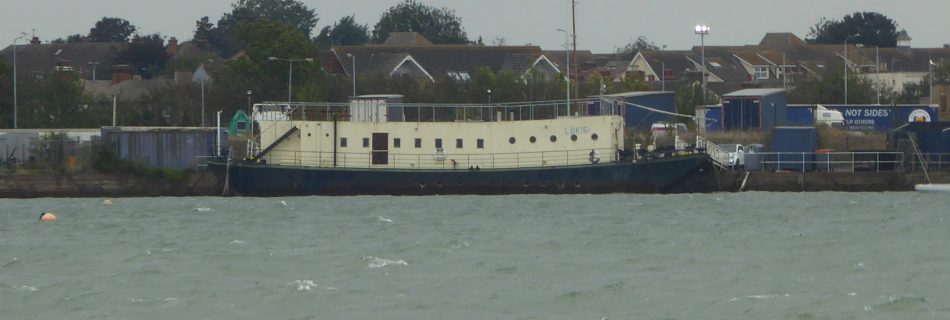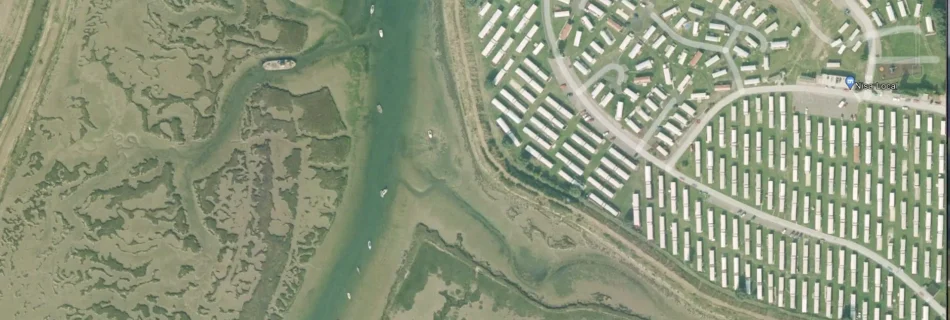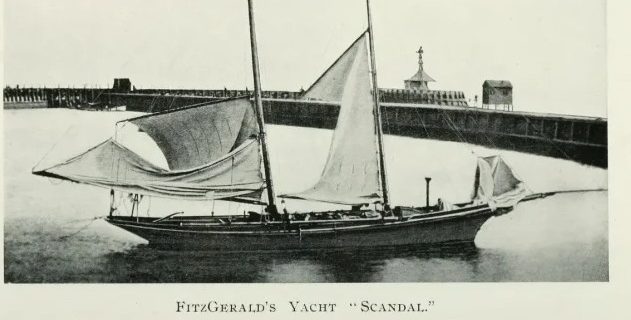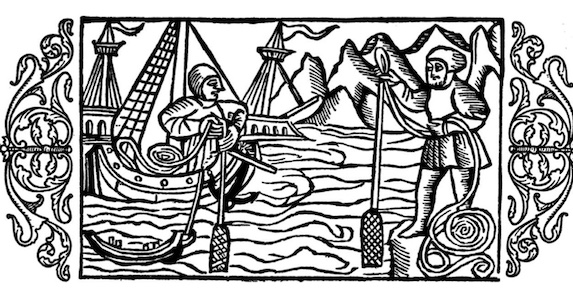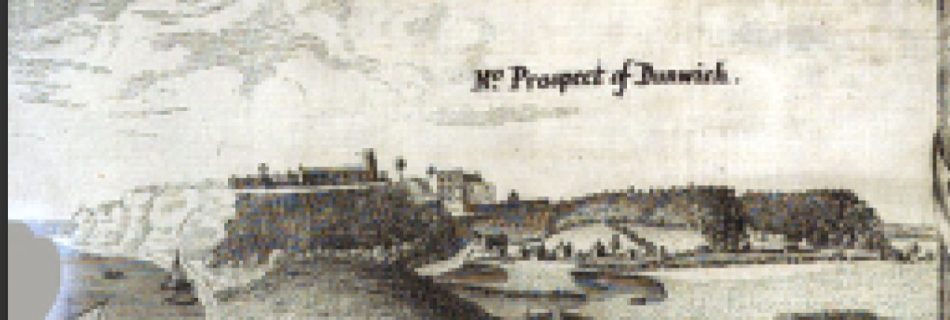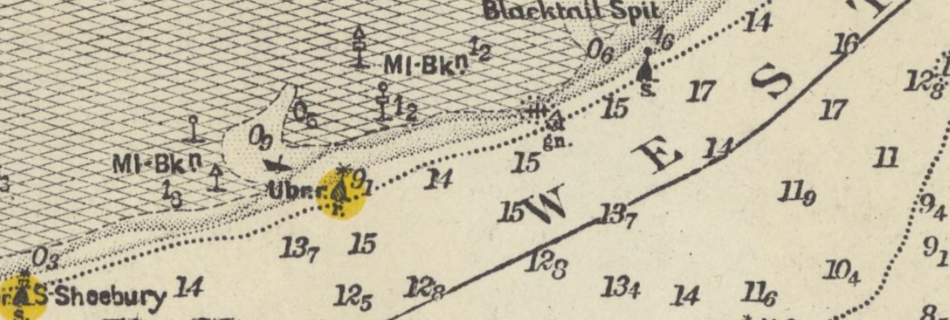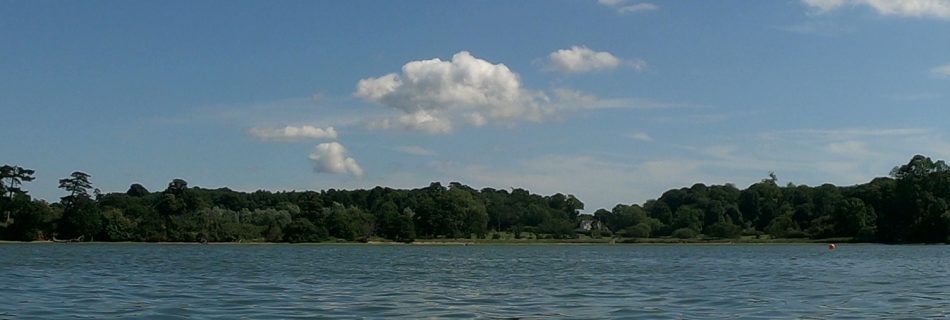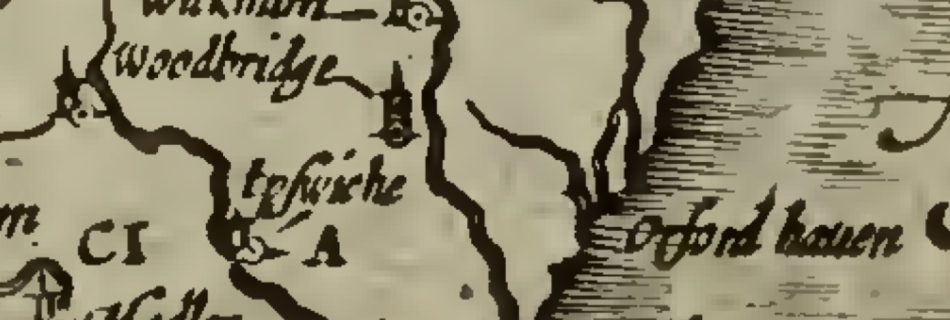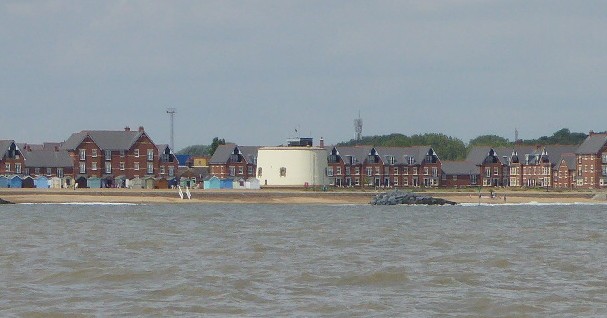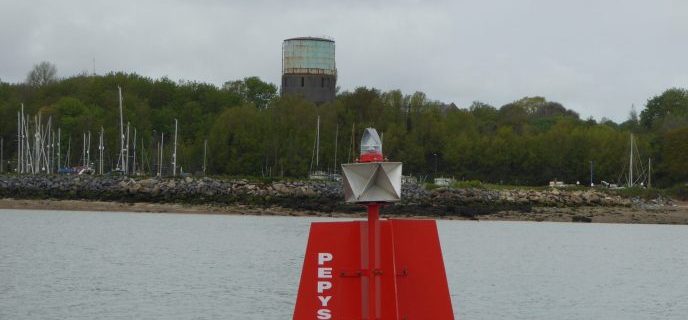Waldringfield Cuttings Marsh Survey
See also Waldringfield’s Mystery Cuttings Objective To establish the level of clay below the marsh to assess the importance of clay accessibility to sea wall construction. SSSI The site has an SSSI sign, it is not shown as such on the Government SSSI map1Search for Land Based Designations / Site of Special Scientific Interest. The …








